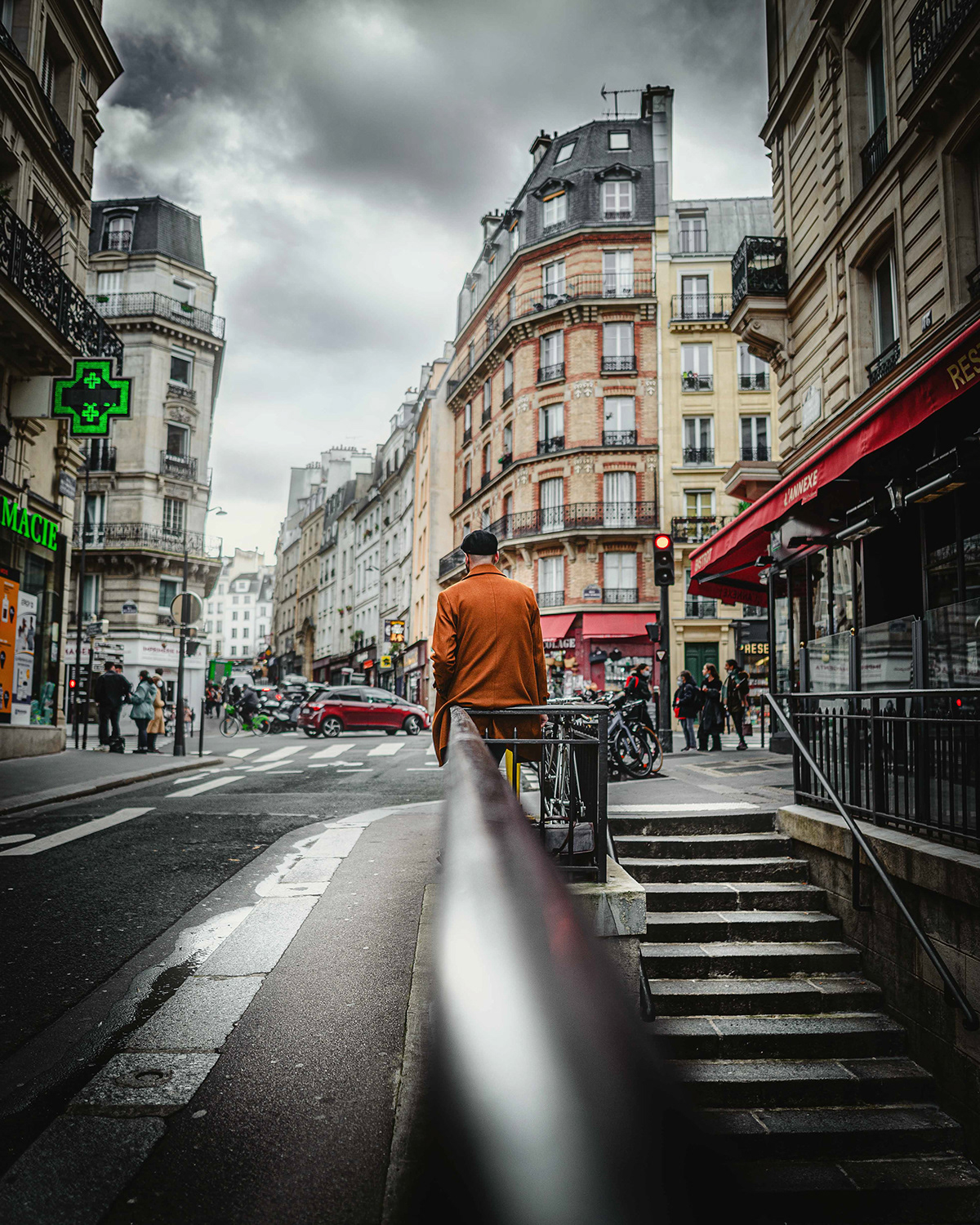Rumored Buzz on Street Photographers
The Buzz on Street Photographers
Table of ContentsMore About Street PhotographersWhat Does Street Photographers Do?A Biased View of Street PhotographersAn Unbiased View of Street PhotographersThe Main Principles Of Street Photographers
A category of photography that records day-to-day life in a public location. The very publicness of the setup enables the photographer to take honest images of strangers, usually without their knowledge. Street professional photographers do not necessarily have a social objective in mind, yet they like to isolate and catch moments which could or else go unnoticed (Street Photographers).Though he was influenced by much of those that affected the street photographers of the 1950s and '60s, he was not mainly interested in catching the spirit of the road. The impulse to visually document individuals in public started with 19th-century painters such as Edgar Degas, douard Manet, and Henri de Toulouse-Lautrec, who functioned side by side with photographers attempting to record the essence of metropolitan life.
As opposed to Atget, digital photographer Charles Marville was worked with by the city of Paris to create an encyclopaedic record of Haussmann's city preparation project as it unfolded, thus old and new Paris. While the professional photographers' topic was basically the exact same, the outcomes were substantially different, demonstrating the impact of the photographer's intent on the character of the images he produced.
Given the great top quality of his pictures and the breadth of product, engineers and musicians usually acquired Atget's prints to use as reference for their own job, though business passions were barely his primary motivation. Instead, he was driven to picture every last residue of the Paris he enjoyed.
5 Simple Techniques For Street Photographers
They disclose the city via his eyes. His work and fundamental understanding of digital photography as an art type functioned as ideas to generations of photographers that adhered to. The next generation of street professional photographers, though they likely did not describe themselves therefore, was ushered in by the photojournalism of Hungarian-born photographer Andr Kertsz.
Unlike his peers, Brassa used a larger-format Voigtlnder electronic camera with a much longer direct exposure time, requiring him to be more calculated and thoughtful in his technique than he could have been if utilizing a Leica. (It is believed that he may not have actually been able to pay for a Leica at straight from the source that time, however he did, nevertheless, utilize one in the late 1950s to take colour photographs.) Brassa's pictures of the Paris underworld illuminated by synthetic light were a discovery, and the compilation of the collection that he published, (1933 ), was a major success.
Cartier-Bresson was a champion of the Leica electronic camera and among the initial digital photographers to maximize its abilities. The Leica enabled the photographer to connect with the surroundings and to catch minutes as they took place. Its relatively little dimension additionally assisted the digital photographer fade into the background, which was Cartier-Bresson's favored approach.
The Facts About Street Photographers Uncovered
It is as a result of this essential understanding of the art of image taking that he is usually attributed with discovering the medium all over again about a century given that its innovation. He took photos for greater than a half century and influenced generations of photographers to trust their eye and intuition in the moment.
These are the inquiries I shall attempt to respond to: And then I'll leave you with my own definition of road digital photography. Yes, we do. Let's kick off with specifying what a meaning is: According to (Street Photographers) it is: "The act of defining, or of making something definite, distinctive, or clear"
No, absolutely not. The term is both limiting and misguiding. Sounds like a road digital photography ought to be images of a streets right?! And all road professional photographers, besides a tiny number of absolute newbies, will completely value that a street is not the key part to street digital photography, and actually if it's a photo of have a peek at this site a street with possibly a few monotonous people not doing anything of passion, that's not street digital photography that's a snapshot of a road.
How Street Photographers can Save You Time, Stress, and Money.
He makes a legitimate point don't you assume? While I concur with him I'm not sure "candid public photography" will catch on (although I do kind of like the term "honest photography") due to the fact that "road digital photography" has been around for a long time, with many masters' names connected to it, so I believe the click here for info term is right here to remain (Street Photographers).
You can fire at the beach, at a celebration, in an alley, in a park, in a piazza, in a cafe, at a gallery or art gallery, in a metro terminal, at an occasion, on a bridge, under a bridge ...
Yes, I'm afraid we worried no choice! Without rules we can not have a meaning, and without an interpretation we don't have a category, and without a style we do not have anything to define what we do, and so we are stuck in a "policies interpretation genre" loop!
How Street Photographers can Save You Time, Stress, and Money.
